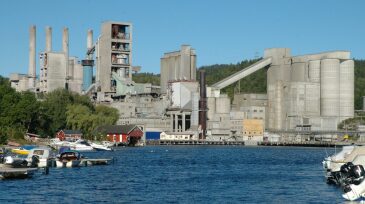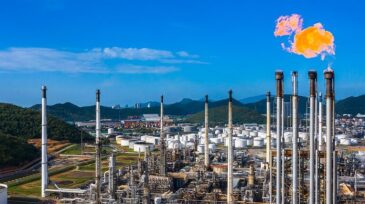carbon capture and storage
-
Although based on “intensity” and not “absolute” emissions, oil giants say it’s a step toward net-zero goals for 2050.
-
Technology innovation, job creation, inclusive and equitable recoveries, and sustainable electricity headline discussions at high-level summit.
-
What the industry needs at this stage is a willingness to work together, share best practices, conduct innovative research, and focus on disruptive technologies that lower cost of capture and make our operations more sustainable.
-
Despite the global downturn, the long-term transition to net zero presents a major opportunity to create new multibillion industries based around the North Sea. Cross-sector collaboration and major state/private sector intervention, together with strong leadership, will be key.
-
Two technologies that may play a part in the decarbonization of the UK energy business are carbon capture, use, and storage and the use of hydrogen for energy transportation and storage. This approach builds on the UK’s gas-network infrastructure, which can be repurposed to avoid becoming stranded.
-
This paper presents novel approaches to carbon abatement using petroleum that have a strong chance to succeed in fulfilling technological and economic goals.
-
The complete paper describes an advanced Rankine cycle process-based system that converts waste heat into usable electrical power to improve the efficiency of gas-compression stations on gas-production platforms and pipelines.
-
An independent study pegged the cost of the project at about $2.6 billion, 80% of which Norway’s government planned to fund. The ministry said there is uncertainty about Northern Lights’ benefits and that it could prove to be unprofitable.
-
The White House review of proposed rules for an expanded credit for capturing and storing carbon dioxide resulted in changes that give the IRS more time to take back the credits in case of carbon leaks.
-
A billion-dollar fund will be available for innovations in flare minimization, venting elimination, fugitive-emissions reduction, and complete combustion.










